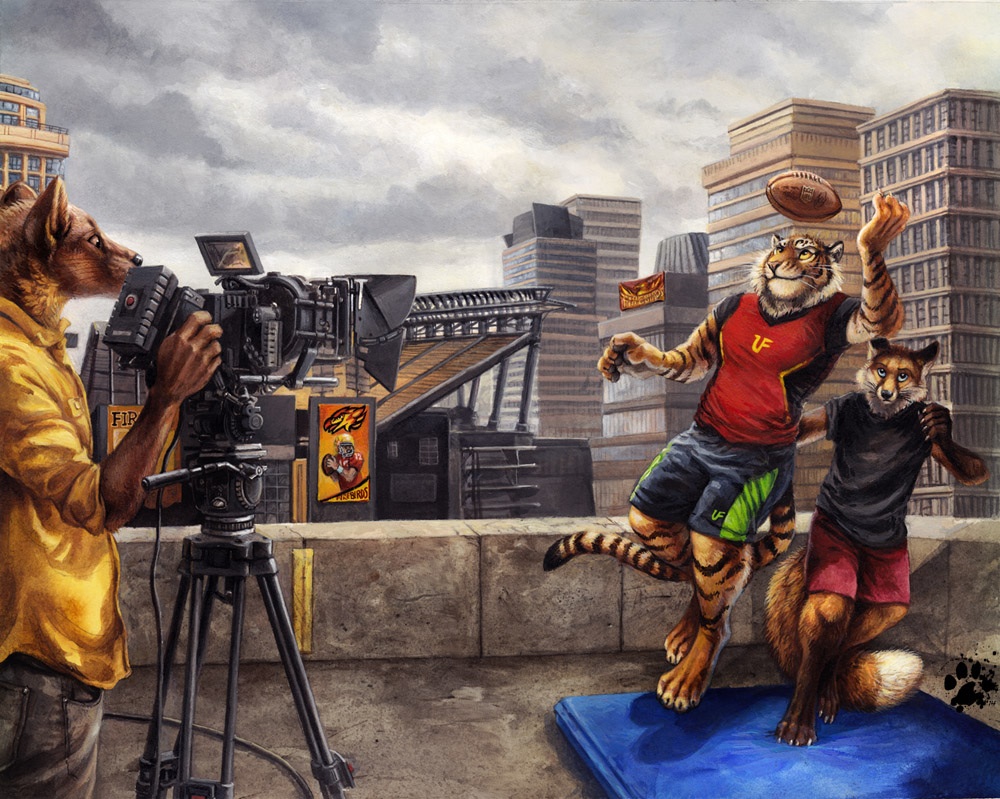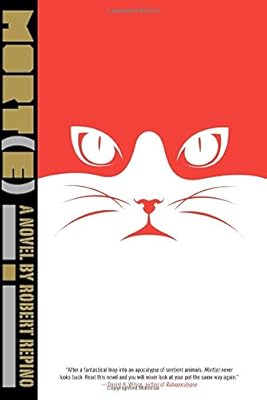A change in page count from 343 to 366 is well within the range of what can result from difference in the formatting, typesetting, or page size, even in the absence of any added content.
I once loaded an online novel into MS word and played with the formatting until I got it to match as closely as possible the format of a mass-market paperback I was reading at the time, just to see how many pages it came out to. In this case it came out close to 800 pages (it was a pretty long novel - Greg Howell’s Light on Shattered Water, which is about 300K words). One of the things I found particularly interesting about this exercise was how much even what seems like an almost trivially small change will change the page count - I might do something like increase the paragraph indent and it would increase the length of the novel by 8 pages. The difference was more dramatic if I changed the font, or put a couple more or less lines on the page, or switched between chapter breaks being inline vs. new page vs. next odd-numbered page.
There are a lot of games you can play with this if you want to make a novel seem longer or shorter. The reference novel I used in the above exercise had 41 lines per page (assuming no breaks) while other mass market paperbacks had anywhere from 33 to 46 (39 to 41 seemed to be most common). Lisanne Norman once told the story of how when she was near completion of her second Sholan Alliance novel, Fortune’s Wheel, her publisher was already putting out promotional material saying the book would be 646 pages long. She wondered how they could know it would be 646 pages when she hadn’t submitted a final manuscript and was still working on the last chapter. In actuality, as long as you have a ballpark figure about how long it will be, there are plenty of tricks and tweaks you can apply in this manner to hit an exact page count. Besides the above mentioned tweaks, there is also some flexibility at the beginning of where you start counting as page 1.
All things considered, page count is a poor indicator of story length due to the range of variation in the number of words per page. A traditional manuscript page (typewritten, double-spaced, 1-inch margins) is about 250 words per page, and is what I assume writers are talking about when they discuss things like how many pages per day they produced. That 41-line-per-page paperback had about 375 words per page (which drops to about 330 if you factor in chapter breaks). Trade paperbacks can have over 500. If you need a more accurate measure of the length of a story, better to stick with word count.





